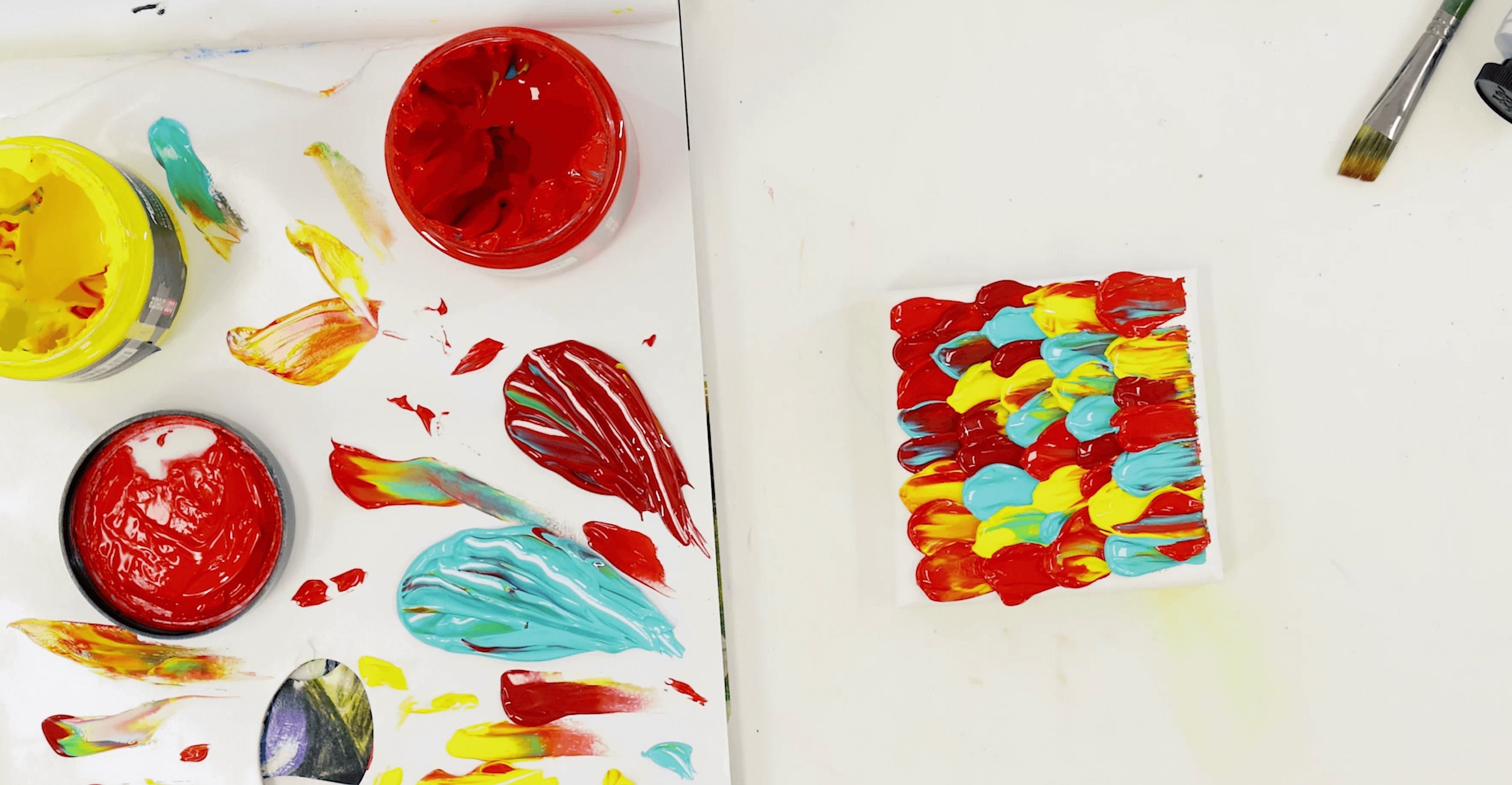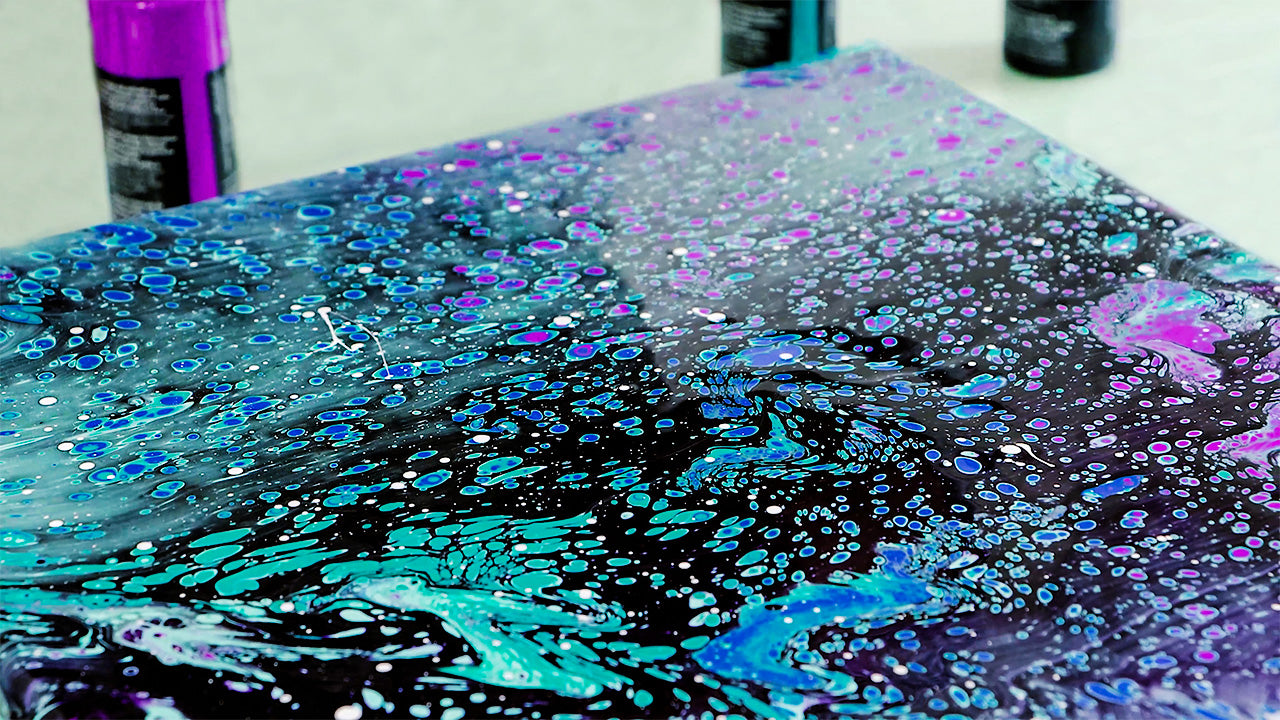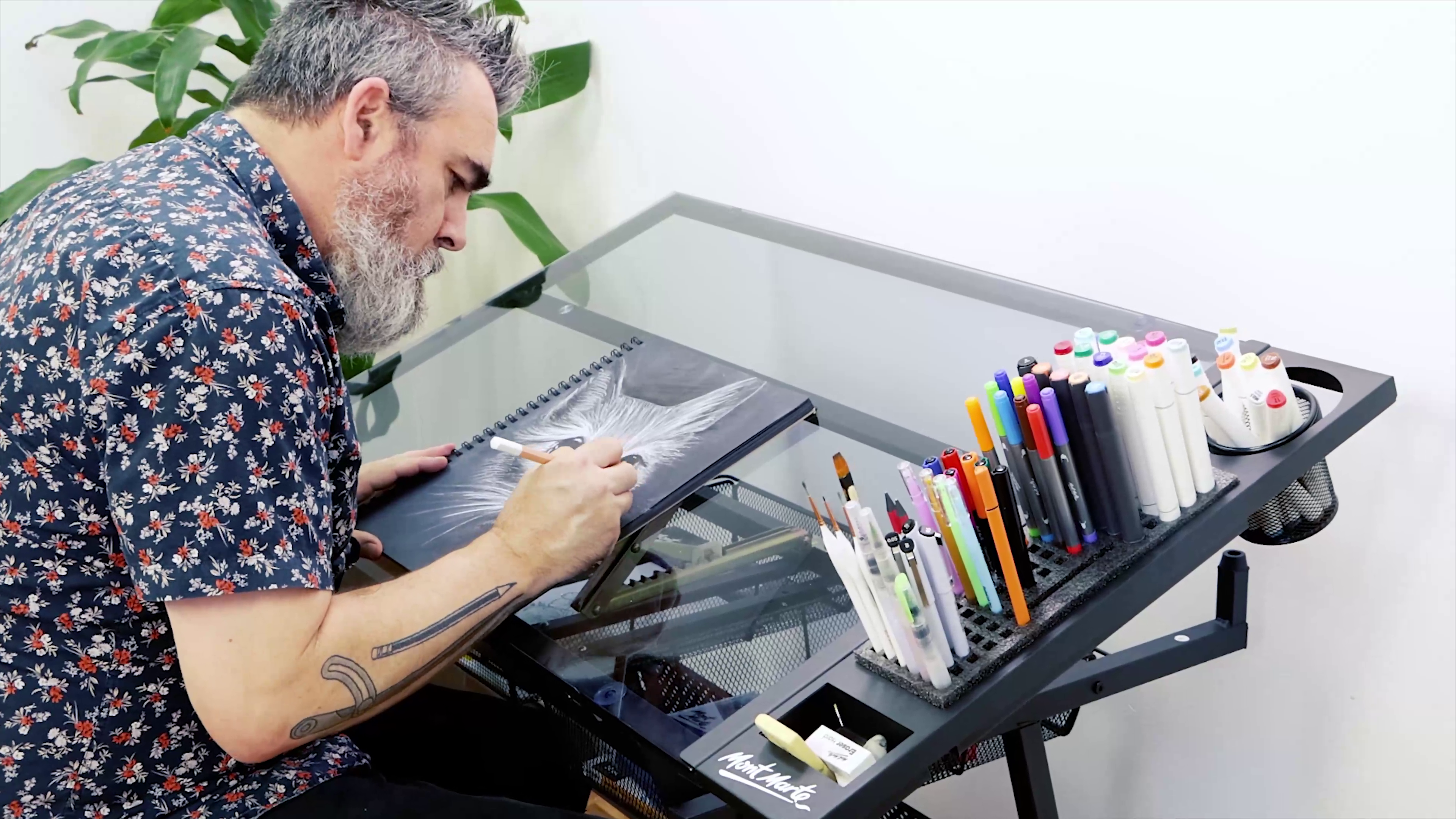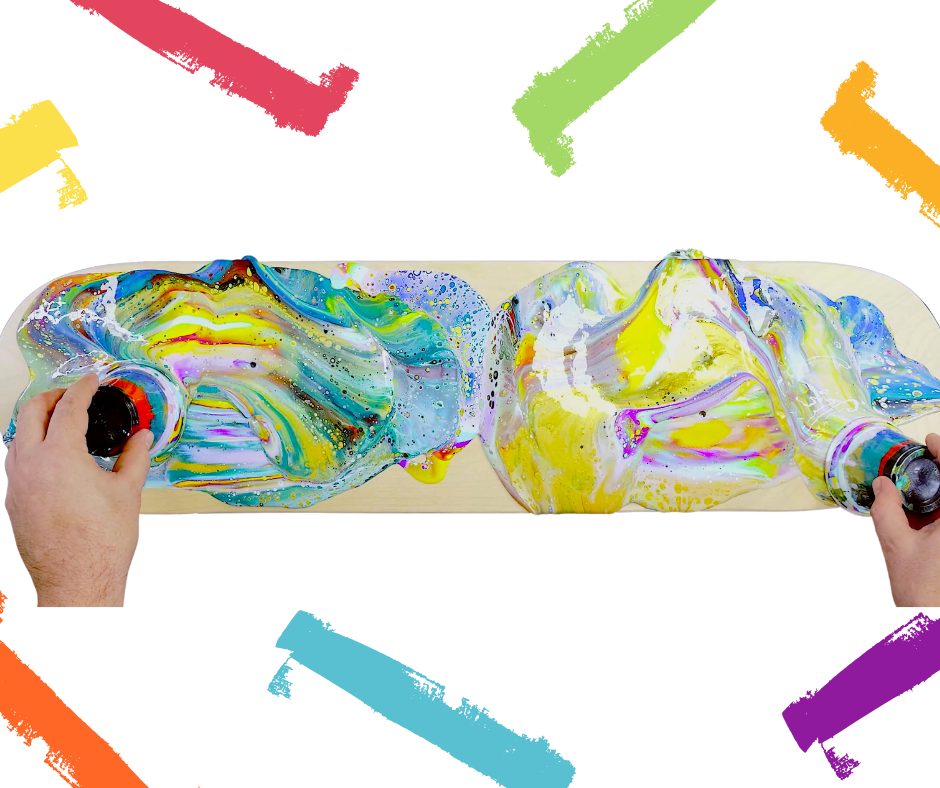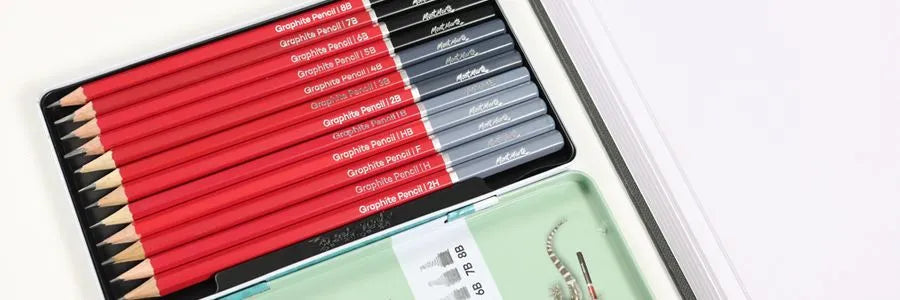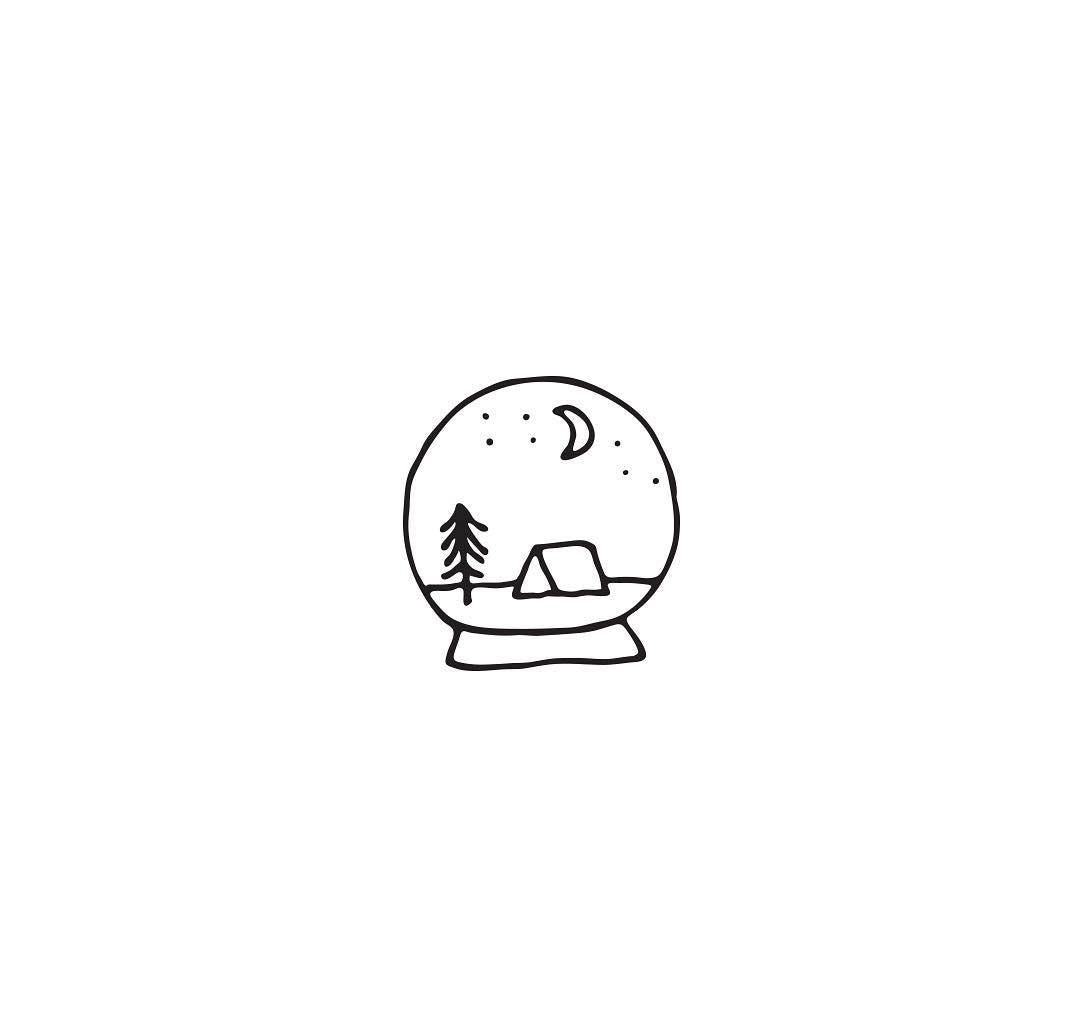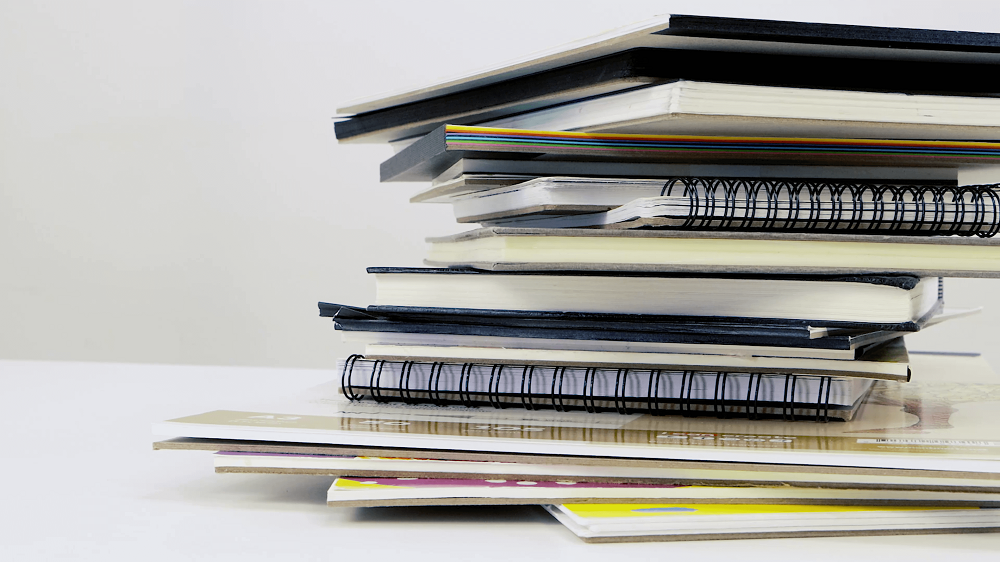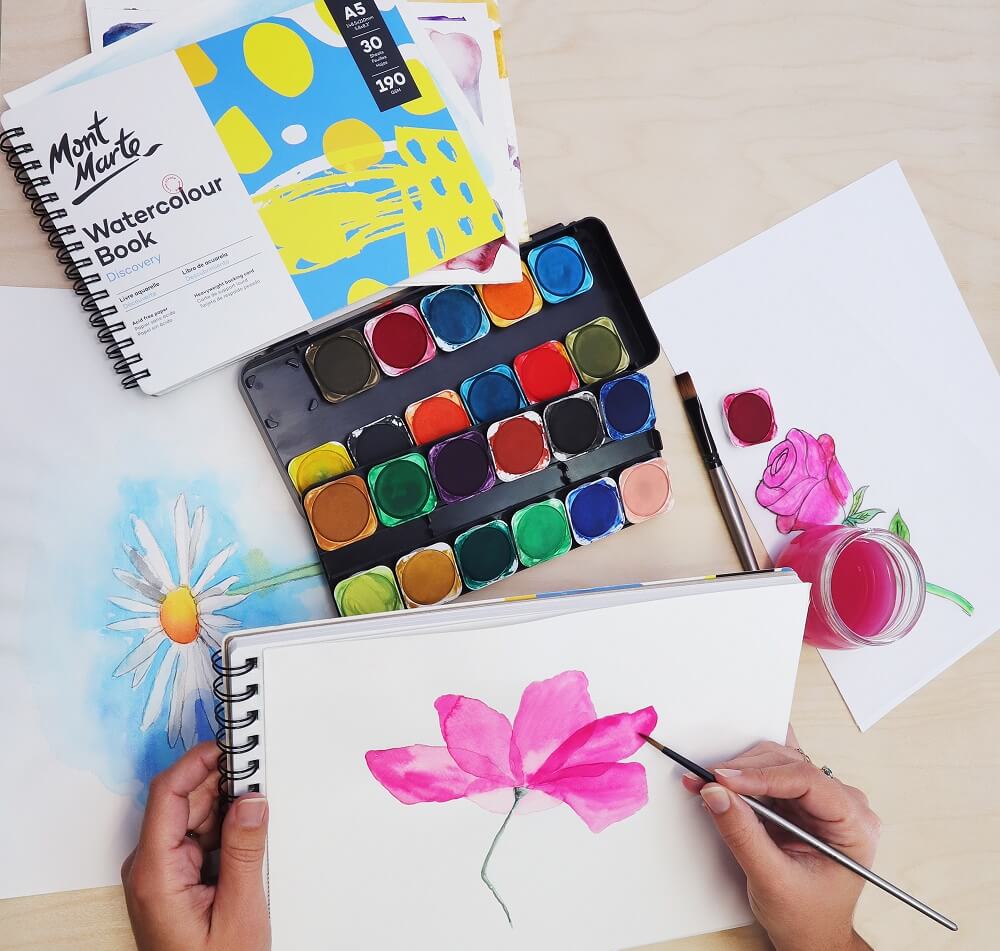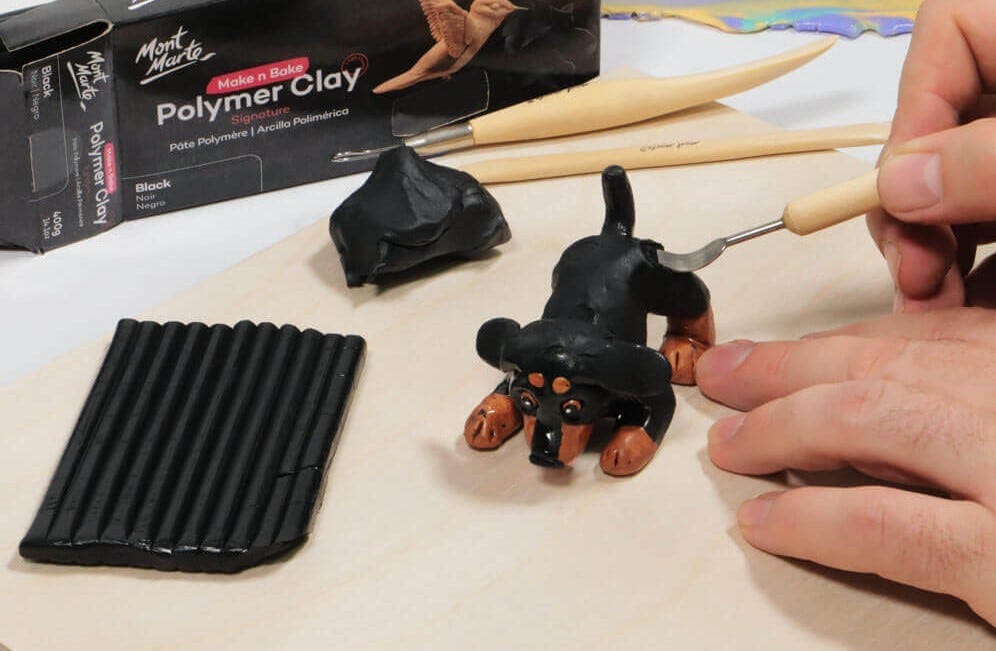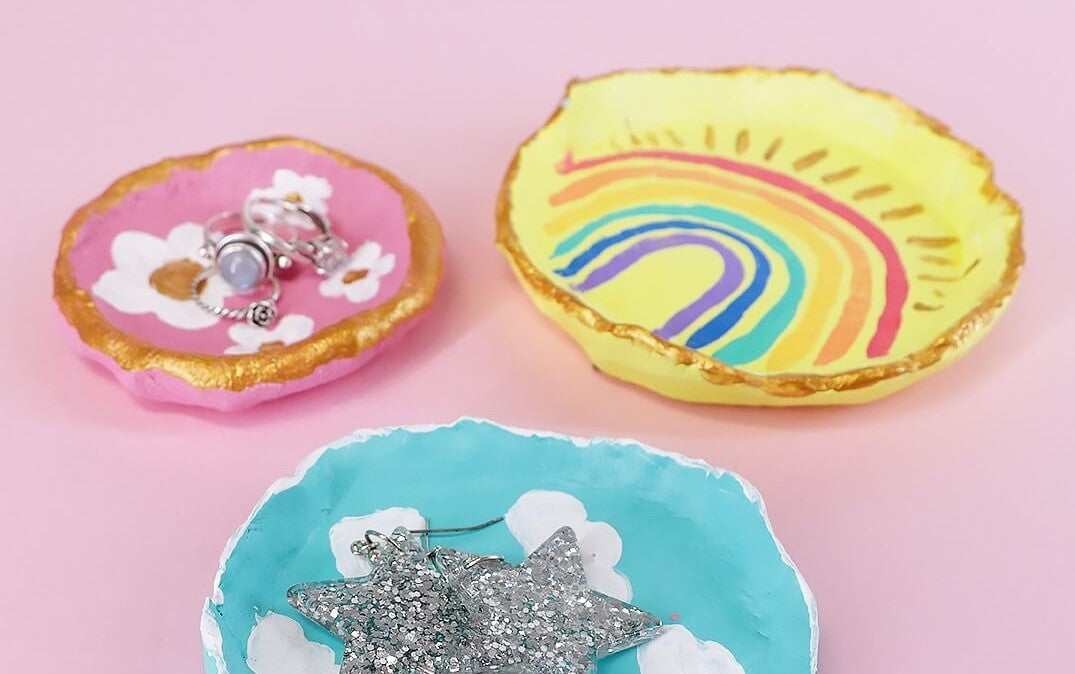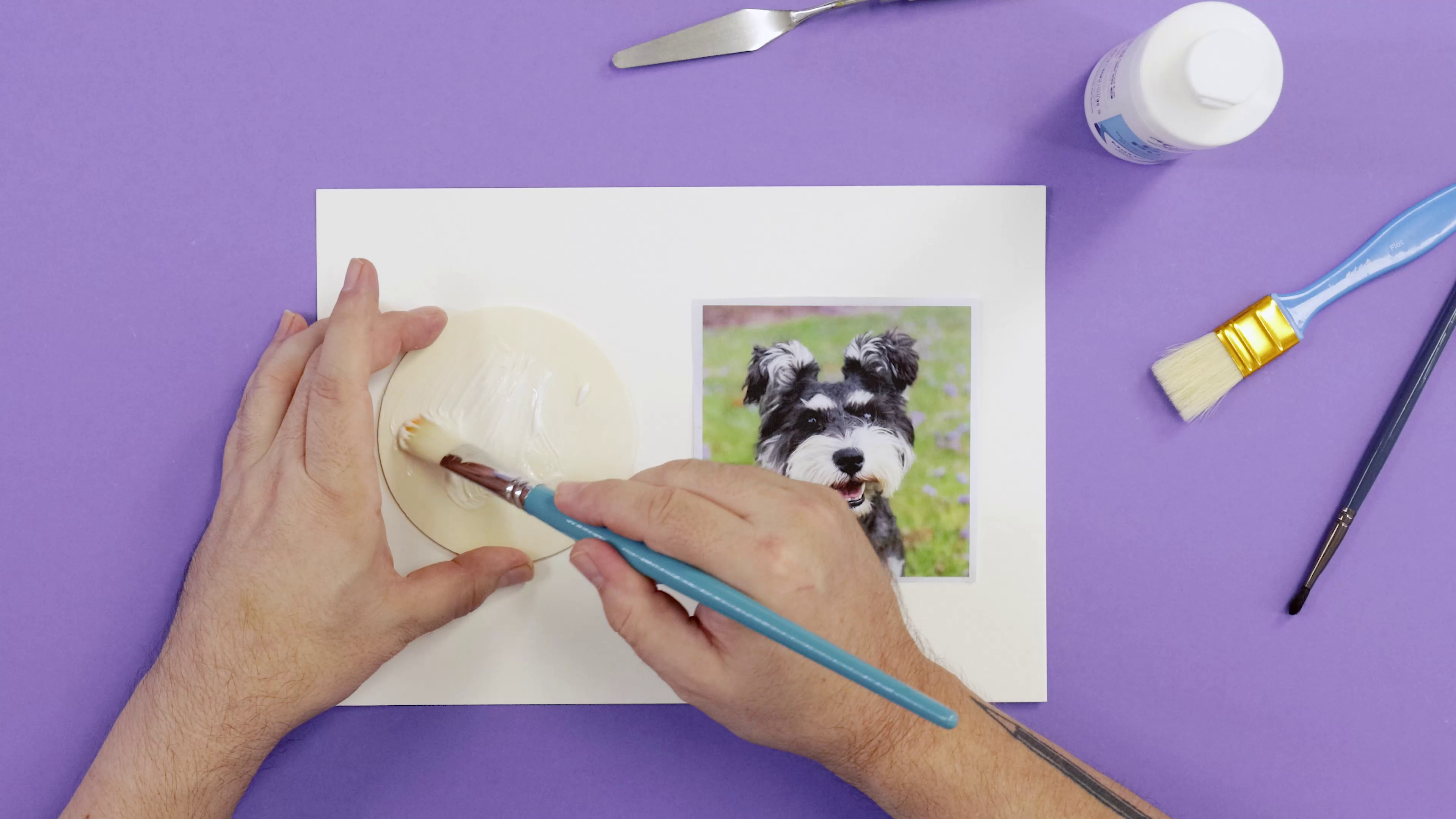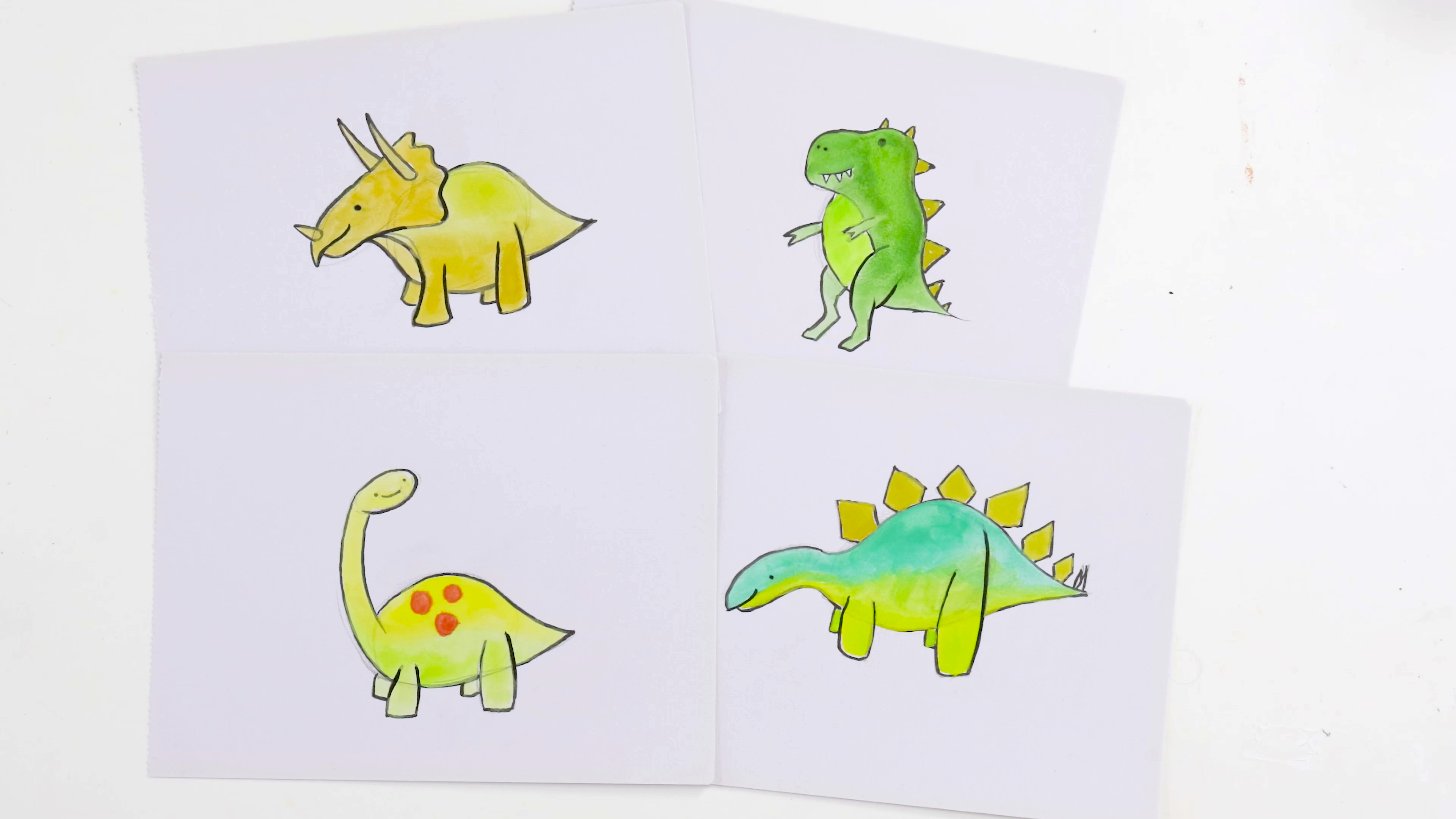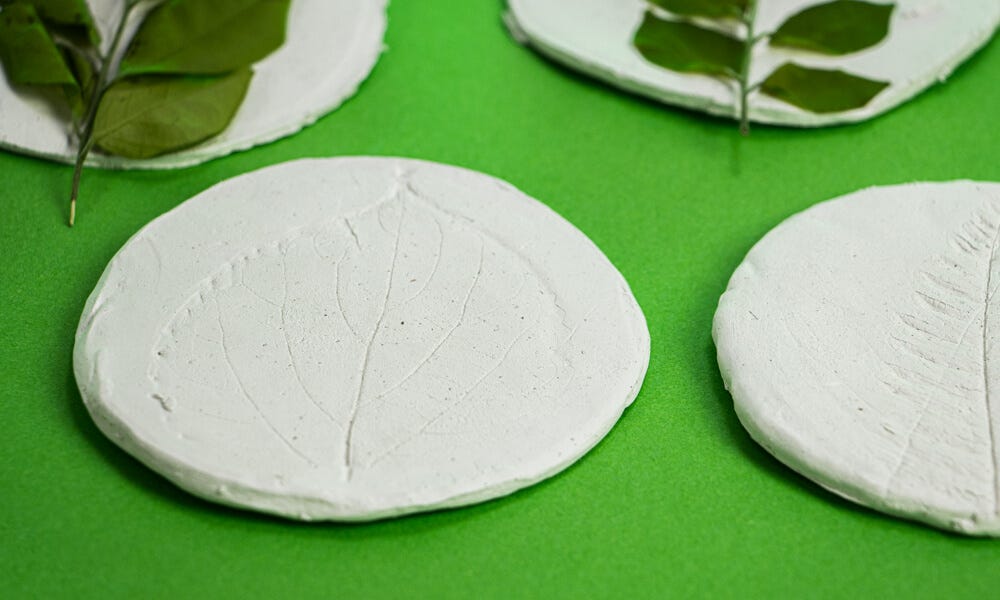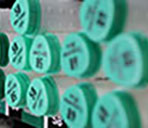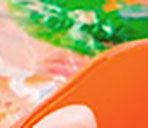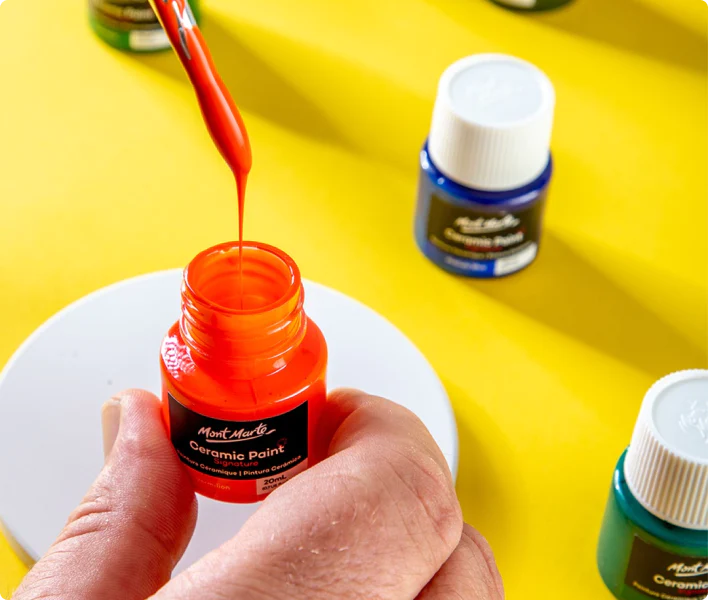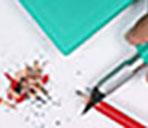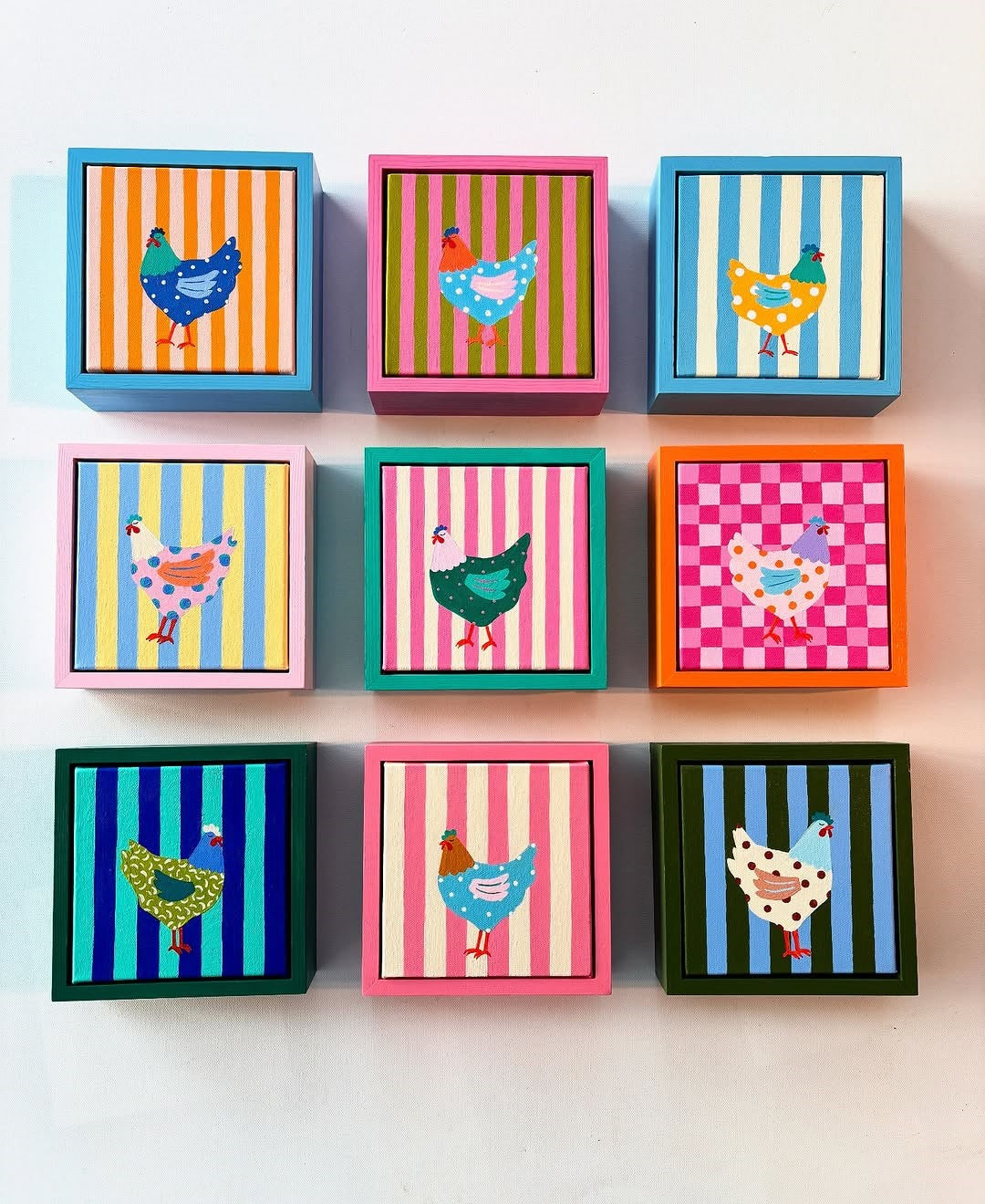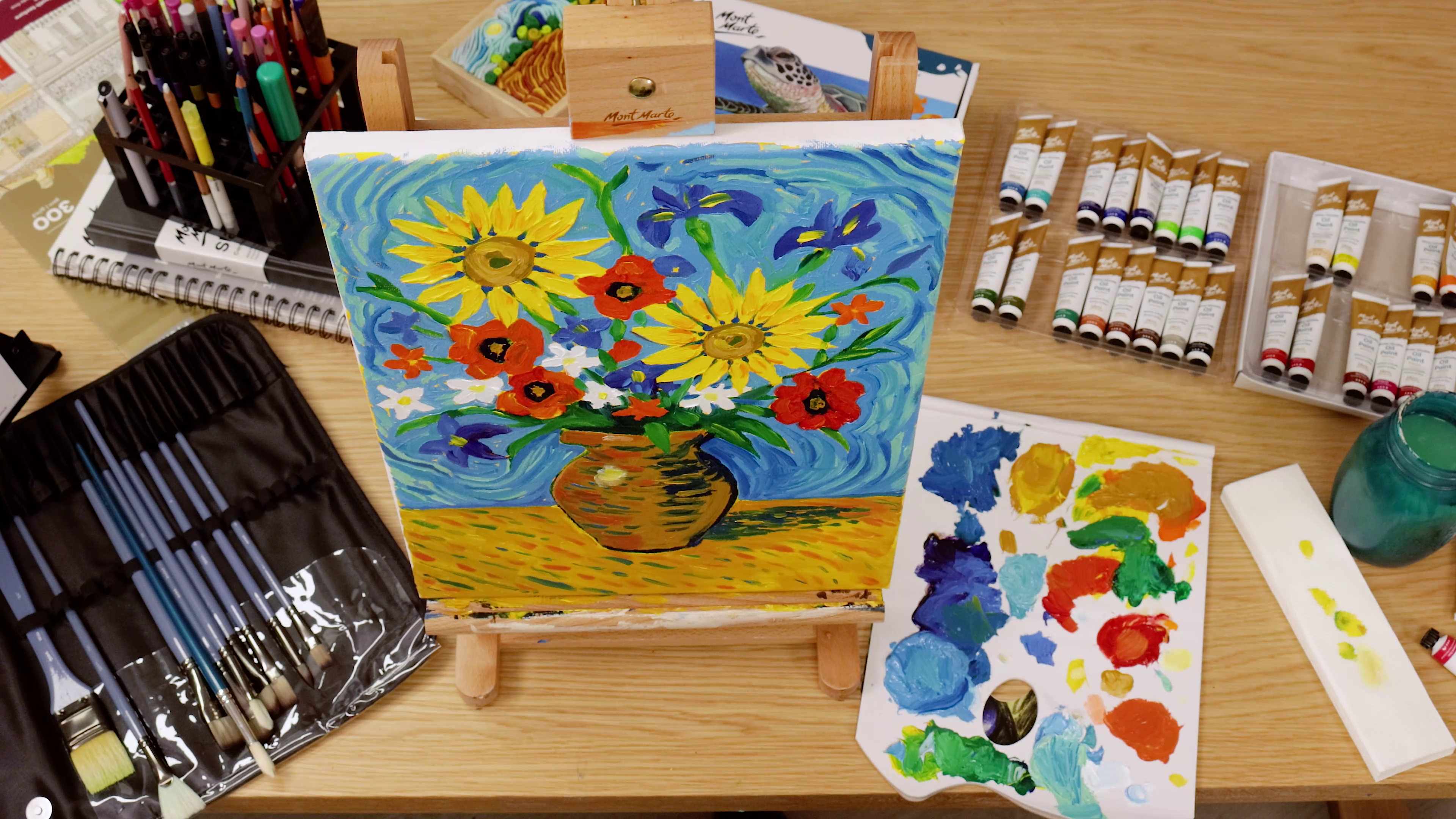The fundamental mysteries of using watercolour paint successfully have been unraveled in the following 7 tips and techniques. Whether you’re an experienced dabbler or are using this medium for the very first time you will find these tips and techniques will give you direction, greater confidence, and inspiration.
- DON’T USE TOO MUCH WATER - Too much water will flood your painting and may cause your paper to buckle. To create a washed-out look rather than just watering down a bunch of paint and sloshing it over the paper, it is best to paint the paper with a coat of water, and then work in some watered down paint. It is very important when doing fine details to make sure the paper is dry and there is very little water mixed in with the paint, otherwise you might get a bleeding effect.
- USE THE RIGHT PAPER - It is best to use a good, thick watercolour paper when working with watercolours. Cartridge paper and printing paper are loose-weave and too thin to hold the water and paint and so they will buckle and bleed.
- PLAN - Figure out what you want to paint before you paint it. Sketch thumbnails and even paint small studies before setting out to do a painting. It is important to know which colours you want where, because sometimes mistakes cannot be undone. Most colours are able to be extracted by wetting them with water and immediately dabbing with a tissue or kitchen paper, but some dye the paper.
- LIMIT YOUR PALETTE - Don't use too many colours. Using every colour of the rainbow in equal measure in a painting can make it busy and overwhelming and therefore quite hard to look at. A lot of great paintings are limited to just various shades and tones of two or three colours. A good exercise is to put just two complimentary colours on a palette and see what colours you can make by combining and lightening them in different ways.
- WORK FROM LIGHT TO DARK - Always start with the lightest colour when painting in watercolour as dark colours are often hard to get out. Once you have blocked out which areas you want lighter, it is simpler to stop yourself from accidentally making a light area too dark.
- EXPERIMENT - Try different techniques and materials, like using sponges instead of brushes, or working wet-in-wet (wetting the paper pre-application). You can even do things like sprinkling salt on a wet painting - it will soak up the water as it dries and create interesting star-like patterns. Don't think of these experiments as important pieces, but merely a learning experience of which techniques you can use on a painting at a later time.
- MIX TOO MUCH PAINT - Too much paint is considerably better than too little. There is nothing worse than getting halfway through a painting with a stunning colour you have mixed yourself, only to discover there is not enough left to complete it. Make sure you have more than you think you will need and you will never be left wanting.
View our watercolour paint range here


